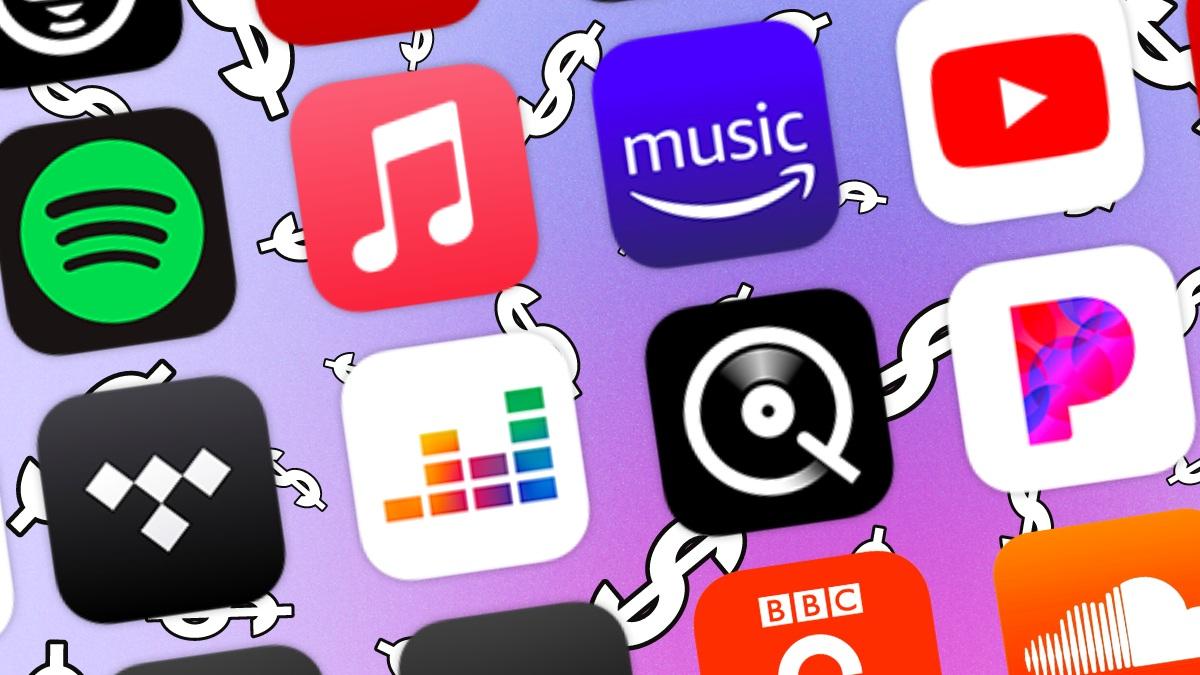Here’s how to avoid this.
Music is more accessible than before, thanks to streaming platforms like Spotify, Apple Music, and Tidal. But, a hidden trap is costing some subscribers more than they realize.
Some people are paying up to 30% more than necessary for their streaming subscriptions each month, often without even knowing it. Here’s how it happens.
The Hidden Costs of Music Subscriptions
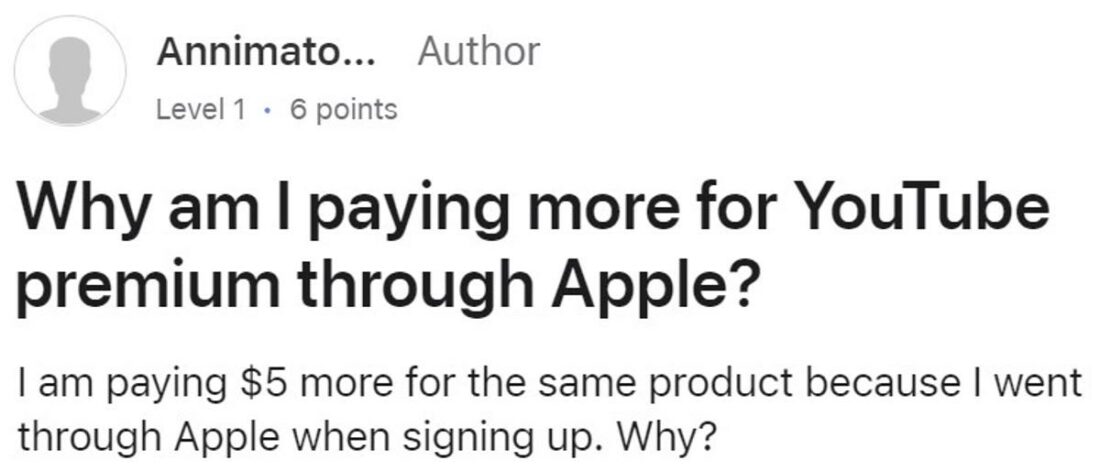
Some music streaming subscribers find they’re paying more than expected, often due to how they subscribed.
For example, online forums show that this problem affects many services, like Tidal and YouTube Music, where users notice higher subscription fees when using Apple’s App Store.
“Tidal couldn’t charge, and my subscription ended, so I put my new card in to pay, and lo and behold, paying through Apple, they want 279 SEK instead of the 199 SEK I paid before.” One confused user asked in the Naim Audio community.
“When I try to change the subscription on Tidal’s page on the web, they tell me to go through my Apple ID to handle the subscription?!”.
The discussions reflect a common oversight: the extra fees imposed by app stores.
App stores charge a commission on digital transactions.
Apple charges a 30% fee on subscriptions for the first year, which then drops to 15%. Google follows a similar pattern but charges a 15% on the first $1 million in revenue each year for all developers instead.
Other platforms like Amazon App Store and Galaxy Store also apply a 30% commission.
These fees are a big revenue source for app platforms but can lead to higher consumer costs.
As a result, subscribing to Tidal HiFi or Spotify Premium through Apple can increase the cost to $12.99/month, while subscribing directly through their website will only cost $10.99/month.
For this reason, Spotify stopped in-app purchases for iOS users.
Why Aren’t More Users Aware of This?
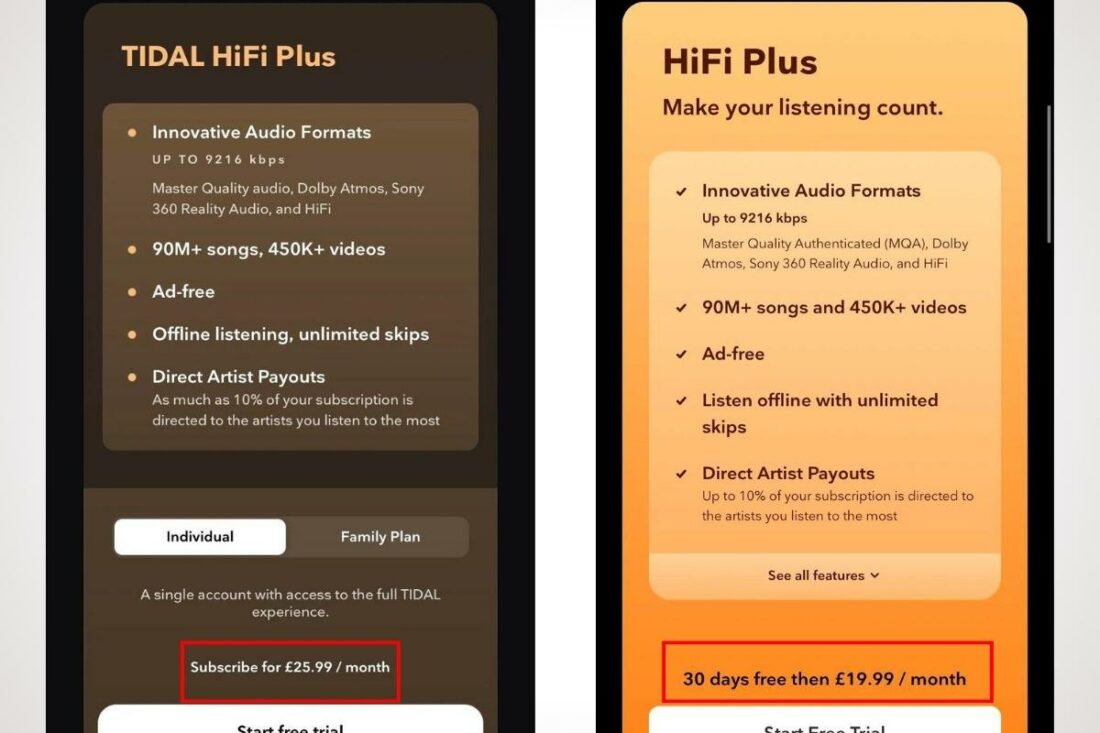
Users are often kept in the dark about cheaper subscription options outside of apps. That’s because Apple and Google have strict rules that limit what apps can disclose.
Apps are banned from telling you if there’s a lower price available on their website. If an app doesn’t allow in-app purchases, Apple and Google restrict what they can say about where else to buy.
This is because if people knew the facts, they might make different choices, and the App stores wouldn’t earn as much money.
In one case, 90% of an app’s users picked the cheaper website option over in-app purchase when given the info. Because of this, Google has since banned apps from disclosing this, while Apple never allowed it in the first place.
This means services like Tidal or Spotify aren’t directly to blame for the price differences. Apple and Google’s policies are the ones you should point your finger at.
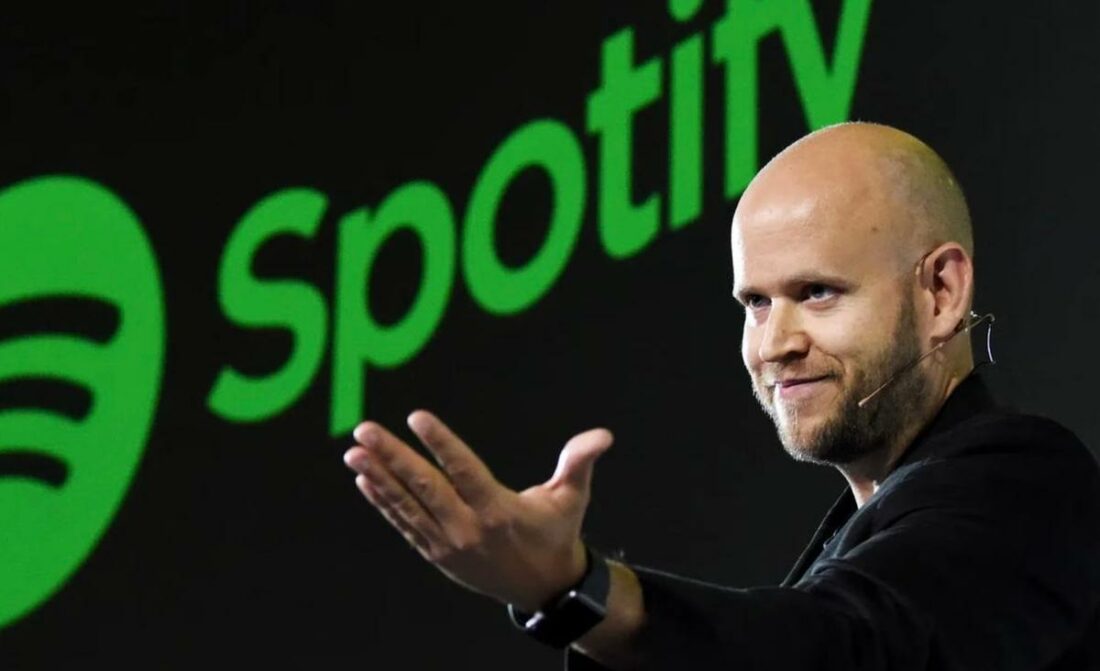
The good news is: ongoing efforts by EU regulators aim to tackle these “anti-consumer practices” of major app store owners.
How to Avoid Overpaying
Consumers can take simple steps to ensure they’re not overpaying for streaming music:
- Compare Prices: Before renewing or signing up, check the subscription fee on the music service’s website versus what’s listed in the app store. Prices can vary, and choosing the cheaper option can save you money.
- Direct Subscriptions: Subscribe directly on the music service’s website rather than through an app store. This bypasses any additional fees that app stores may tack onto the subscription cost.
- Switching Subscriptions: Spotify and similar platforms offer easy steps to cancel a subscription billed through an app store and then resubscribe on their website, helping lower your subscription costs.
Strategic Deals and Legal Battles
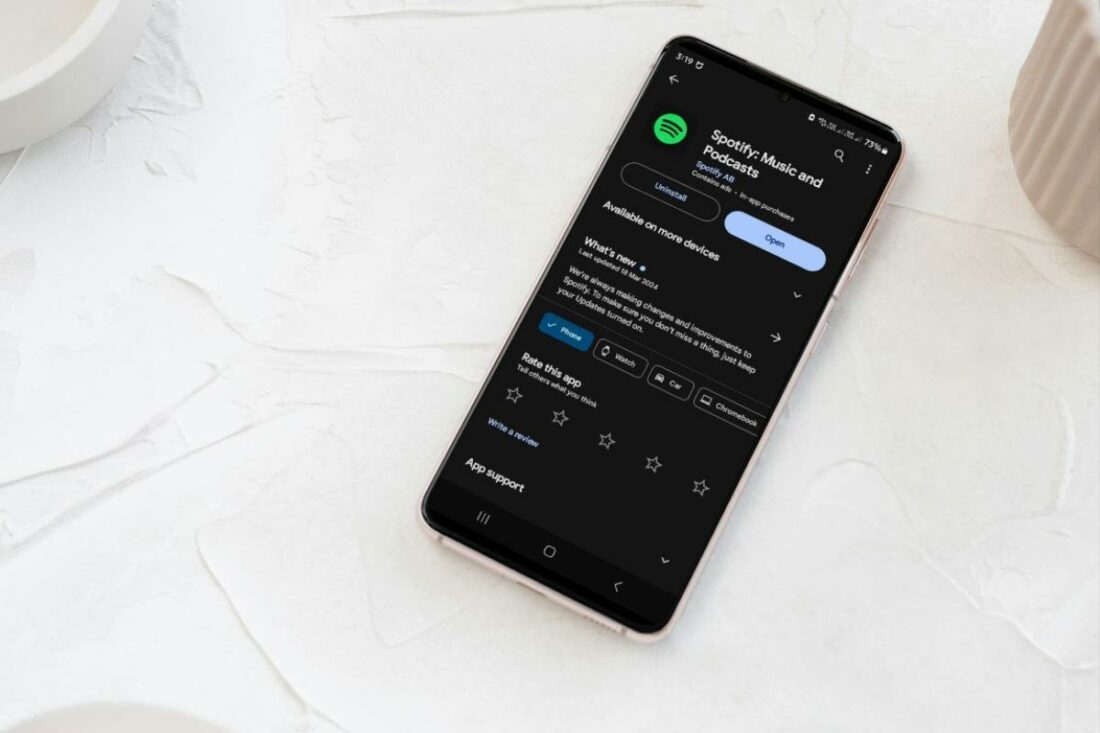
Spotify’s clever negotiations with Google let it avoid fees on subscriptions it processes itself. It pays only 4% on those handled by the platform.
According to Donald Harrison, Google’s President of Global Partnerships, this agreement is strategic.
Google knows Spotify’s role in driving Android phone sales. By making sure Spotify works well on its Play services, Google improves the user experience. It increases its revenue as new users are drawn to use more apps and services.
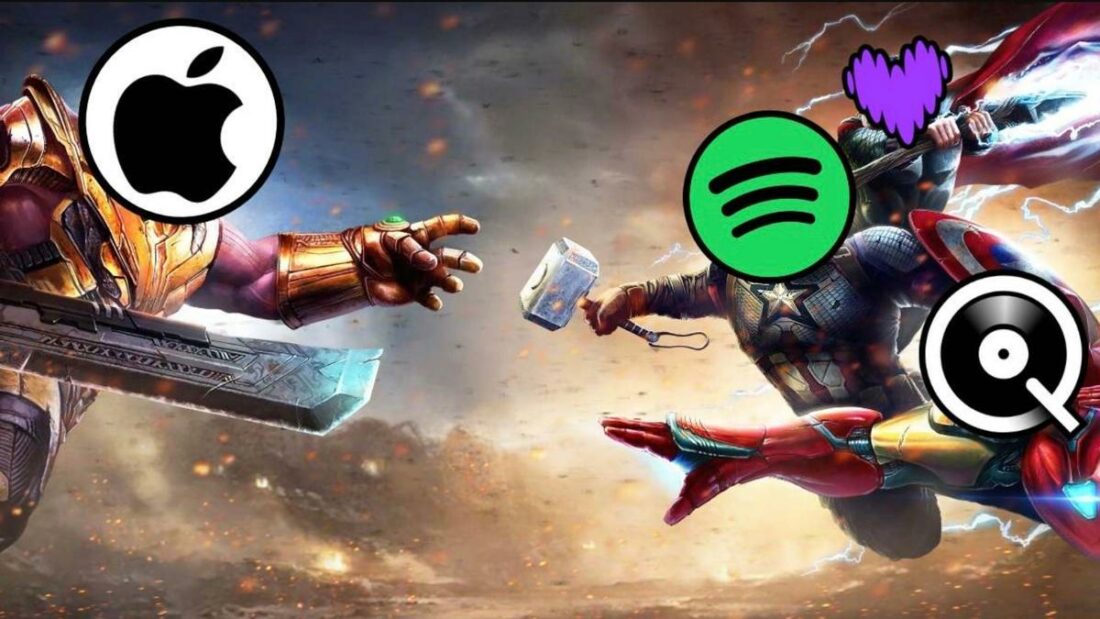
On another front, a legal battle between Apple and Epic Games emphasized the dispute over app store fees. The case resulted in Apple allowing developers to direct users to external sites for purchases.
But with Apple’s 27% fee on these transactions, buyers and developers may not save much. Apple is also demanding Epic Games pay $73.4 million in legal fees. This is a 10% discount off the $81.6 million Apple spent during the lawsuit.
